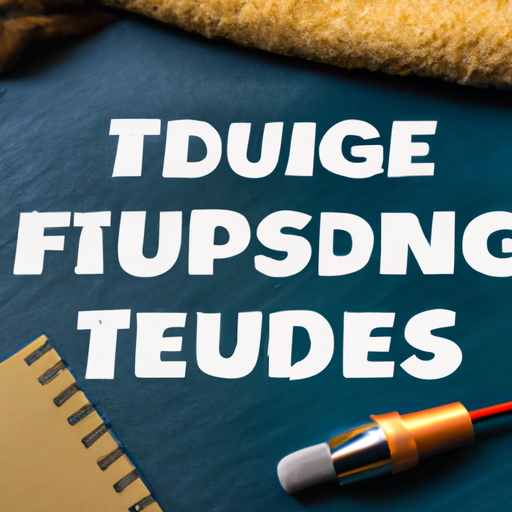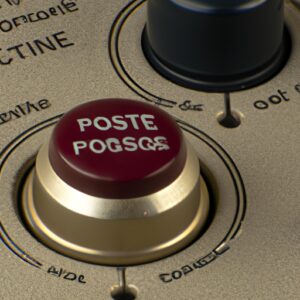
Using Sound Effects in Your Podcast: Tips and Best Practices
Podcasting has become an increasingly popular way for people to share their thoughts, ideas, and experiences with the world. With podcasts, you can reach an audience from all corners of the globe and connect with people who share your interests.
One of the best ways to make your podcast stand out is by incorporating sound effects. Sound effects can help create a more immersive experience for your listeners and enhance the overall quality of your show. In this article, we’ll share some tips and best practices for using sound effects in your podcast.
1. Use Sound Effects Sparingly
Sound effects can be a powerful tool, but too much of a good thing can quickly become overwhelming. As a general rule, it’s best to use sound effects sparingly and strategically. Consider using sound effects to punctuate important points or to create a specific mood or atmosphere.
2. Choose Relevant Sound Effects
When selecting sound effects for your podcast, it’s important to choose ones that are relevant to the content of your show. For example, if your podcast is about travel, you might consider using sound effects of waves crashing or planes taking off to help transport your listeners to different parts of the world.
3. Use Quality Sound Effects
It’s important to use high-quality sound effects in your podcast. Poor-quality sound effects can be distracting and take away from the overall listening experience. Invest in good sound effects libraries or hire a sound designer to create custom sound effects for your show.
4. Use Sound Effects to Enhance Your Content
Sound effects can be a great way to enhance your content and create a more immersive listening experience. For example, if you’re discussing a funny anecdote, you might consider using a laugh track to emphasize the humor in your story.
5. Mix Your Sound Effects with Your Recording
It’s important to mix your sound effects with your recording to ensure that they complement each other. Make sure that your sound effects aren’t too loud or too soft in relation to your voice. You can also use mixing to create interesting effects, such as fading out a sound effect while fading in your voice.
6. Have Fun with Your Sound Effects
Don’t be afraid to have fun with your sound effects! There are endless possibilities for creative sound design, so feel free to experiment and try new things. Just remember to keep your audience in mind and make sure that your sound effects are adding value to your content.
Conclusion
Using sound effects in your podcast can be a fun and effective way to make your show stand out. By following these tips and best practices, you can create a more engaging and immersive experience for your listeners. Happy podcasting!






